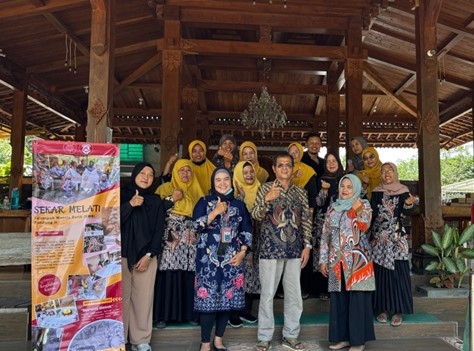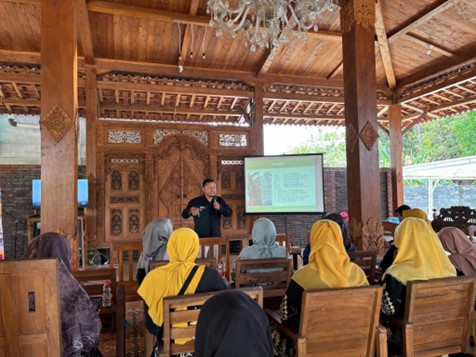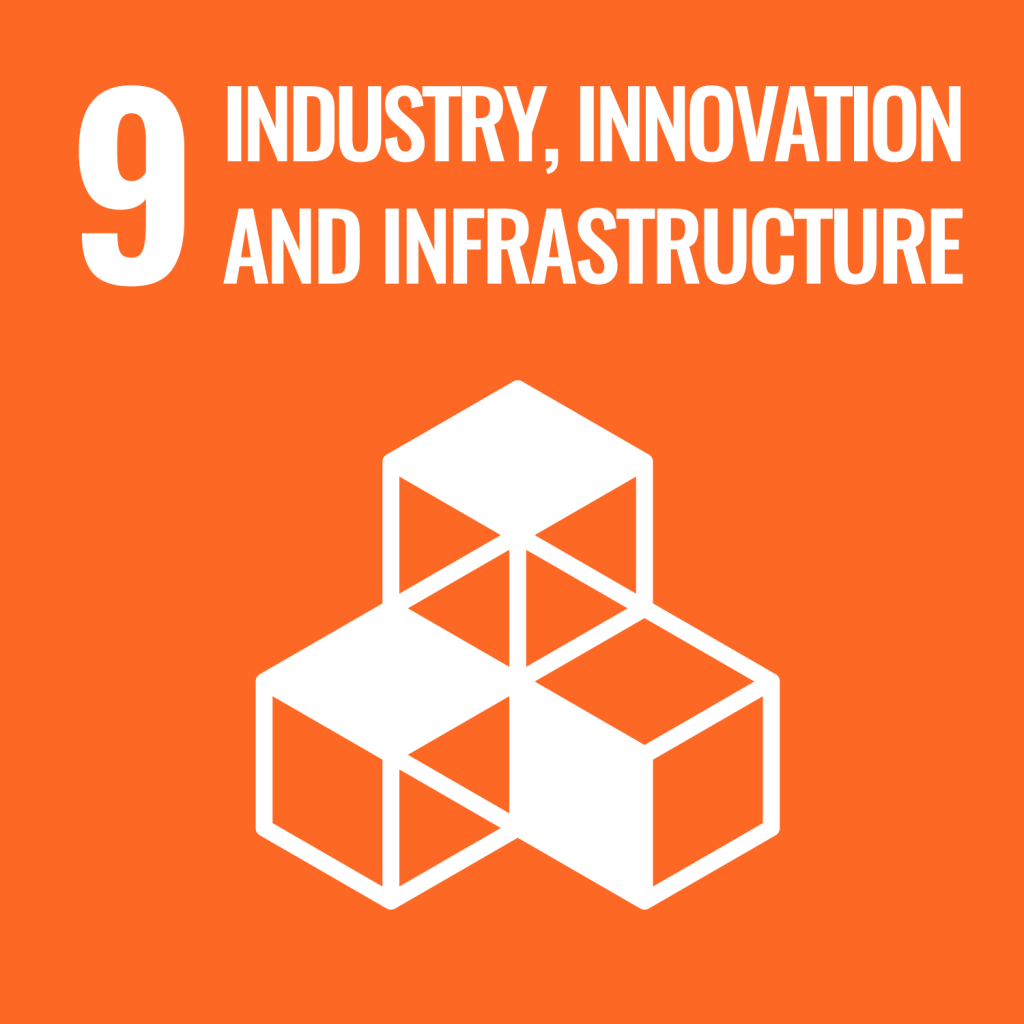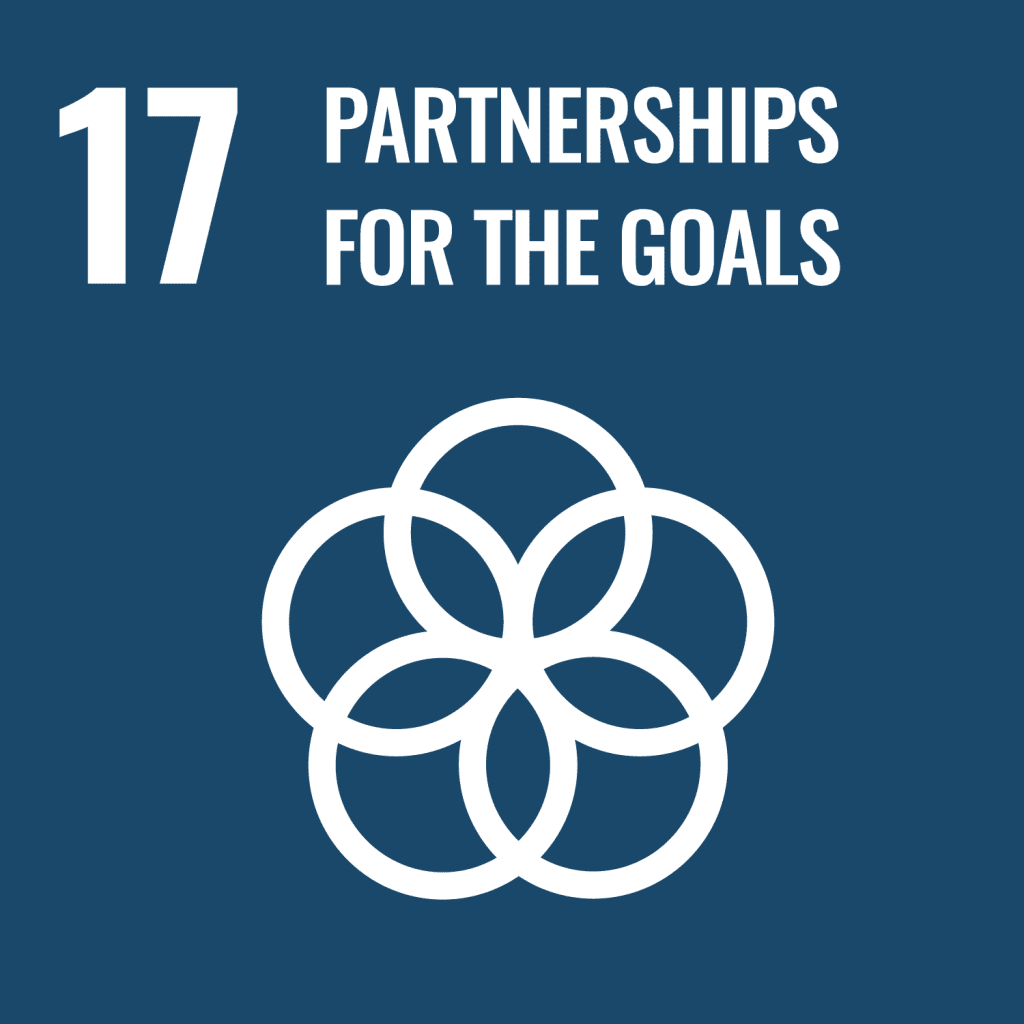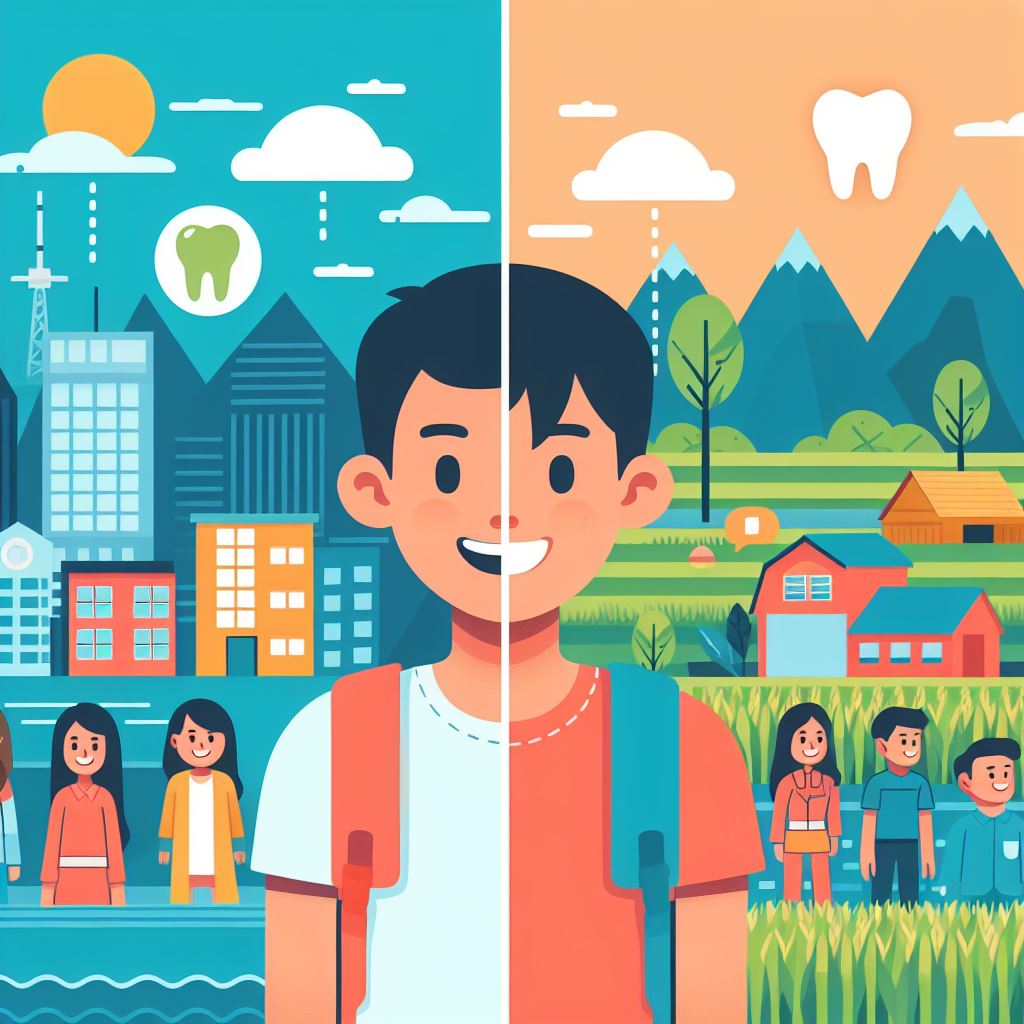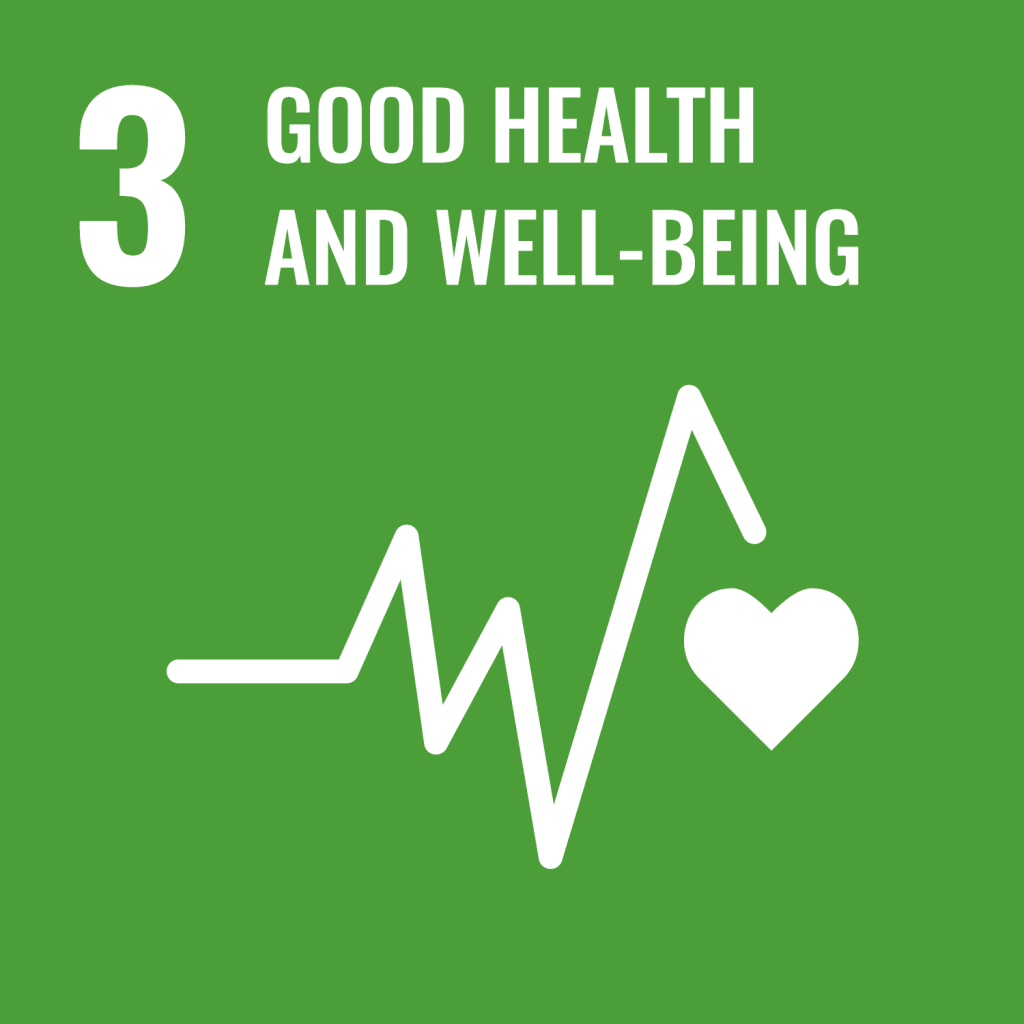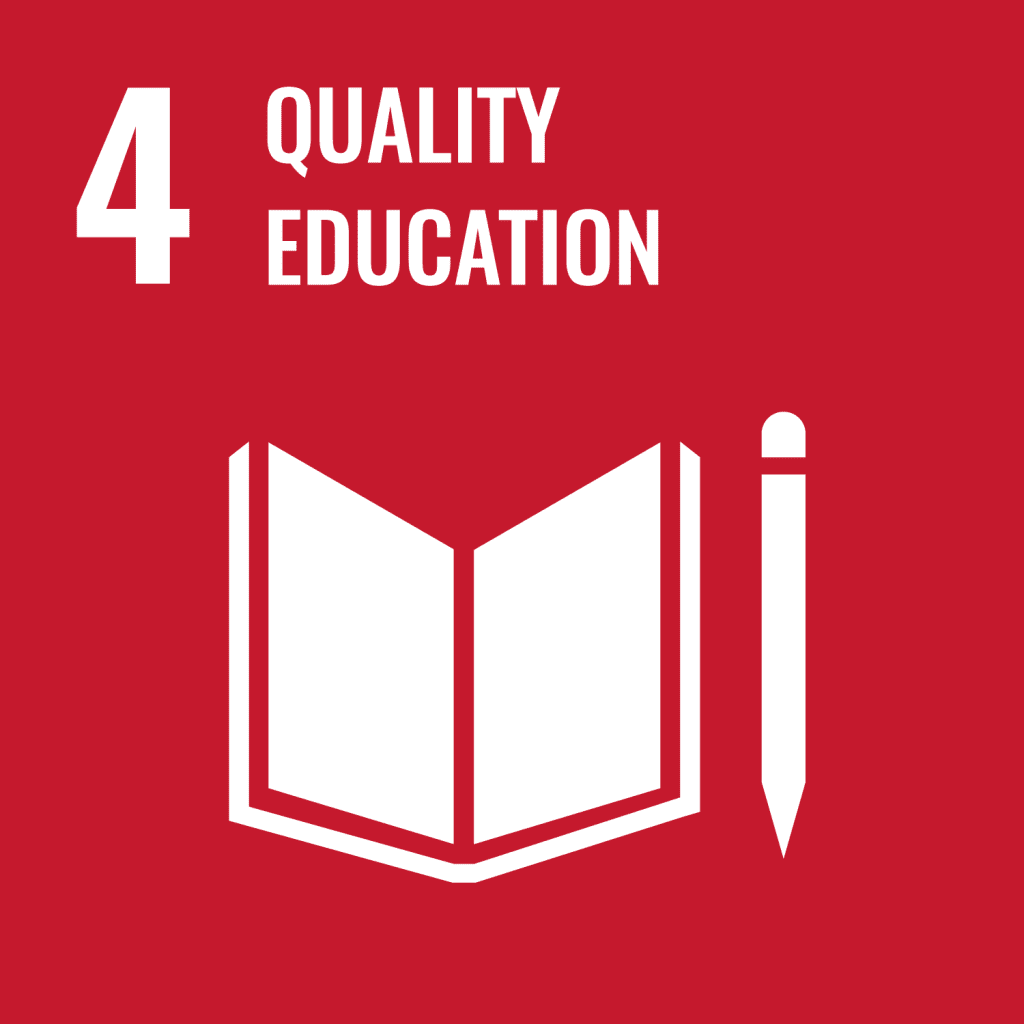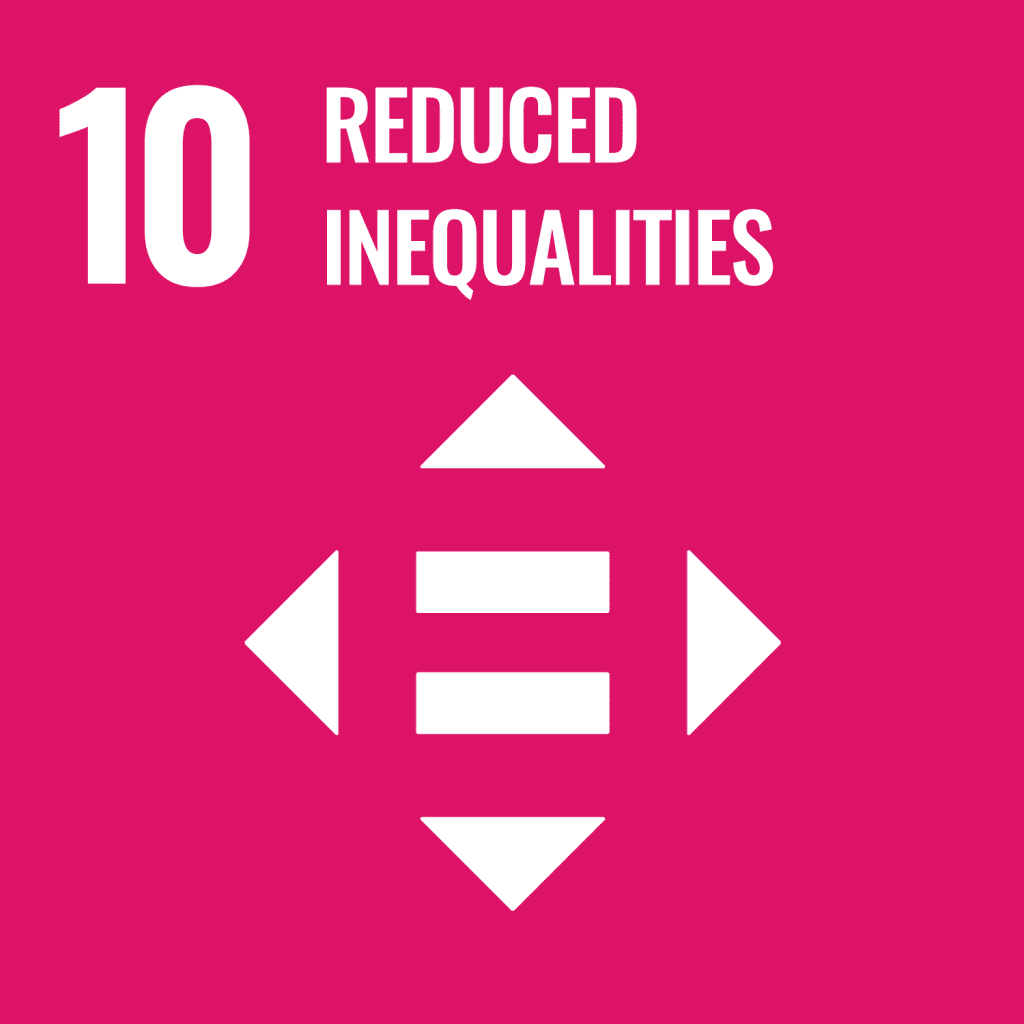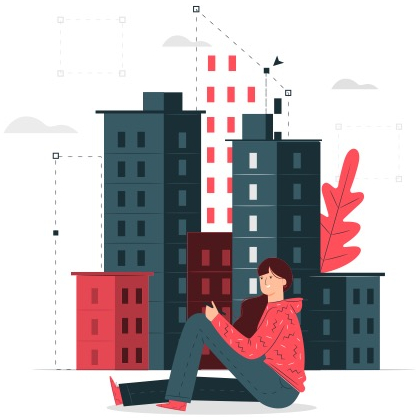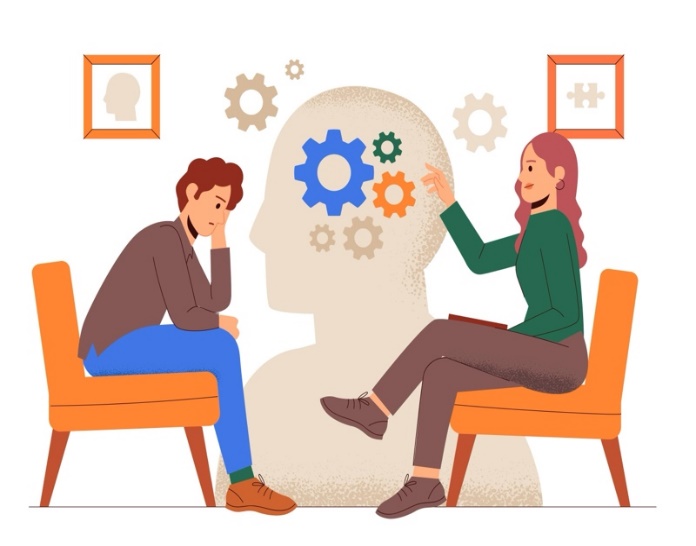Batik telah lama menjadi lebih dari sekadar kain tetapi juga merupakan medium untuk pemberdayaan ekonomi dan pelestarian budaya. Kelompok Wanita Batik (KWB) Sekar Melati Pundong II menjadi contoh nyata bagaimana sektor usaha mikro, kecil dan menengah (UMKM) dapat berkontribusi dalam pembangunan masyarakat. Dengan mengadopsi motif khas burung blekok, KWB Sekar Melati tidak hanya menghasilkan produk berkualitas tinggi, tetapi juga turut melestarikan kekayaan budaya lokal dan memperkuat identitas komunitas.
Inisiasi KWB Sekar Melati Pundong II yang dibuat Tim Pengabdian Masyarakat Waras Guyub Rukun ini merupakan salah satu kegiatan pengabdian masyarakat berkelanjutan yang telah dikelola Health and Demographic Surveillance System (HDSS) Sleman sejak tahun 2019. Pengabdian masyarakat ini dirancang untuk dapat mendukung pemberdayaan masyarakat yang mandiri dan berkelanjutan dengan program terencana setiap tahunnya. Kemandirian dan perluasan pemasaran menjadi target program pengabdian masyarakat ini pada tahun kelima pelaksanaannya. KWB Sekar Melati Pundong II merupakan UMKM yang berdiri pada tahun 2019 dan menghadapi beberapa tantangan yang harus dihadapi untuk dapat menjadi UMKM yang mandiri dan berkembang secara berkelanjutan.
Salah satu tantangan yang dihadapi yaitu adanya kompetitor-kompetitor dalam produksi batik di wilayah Mlati. Sebagai upaya untuk dapat mempertahankan kemandirian KWB Sekar Melati Pundong II tersebut, pada tanggal 28 September 2024 Tim Pengabdian Masyarakat Waras Guyub Rukun memberikan workshop dengan topik “Business Plan” yang dihadiri pengelola KWB Sekar Melati Pundong II. Workshop ini bertujuan untuk memberikan pengetahuan dalam meningkatkan nilai jual batik sekar melati melalui pengemasan dan pemasaran batik secara digital.
Acara dimulai dengan sambutan oleh sambutan Kepala Kelurahan Tirtoadi (Bapak Mardiharto), sambutan oleh perwakilan Ketua Padukuhan Pundong II, dan sambutan perwakilan Tim Pengabdian Masyarakat Waras Guyub Rukun. Setelah sambutan, acara inti dimulai dengan penyampaian materi oleh Bapak Wahyu Tri Atmojo yang merupakan konsultan koperasi dan usaha mikro, kecil, dan menengah bidang teknologi informasi dari Dinas Koperasi dan UKM Provinsi DIY. Materi yang disampaikan dalam workshop berupa cara merumuskan visi jangka panjang, termasuk memberikan panduan dalam menghadapi tantangan bisnis.
KWB Sekar Melati Pundong II merupakan contoh inspiratif bagaimana UMKM dapat berperan dalam mendukung tercapainya Sustainable Development Goals (SDGs). Dengan terus meningkatkan sinergi multiheliks dan memanfaatkan teknologi dan inovasi, UMKM dapat menjadi pendorong penting dalam mewujudkan masa depan yang lebih berkelanjutan bagi semua.
Workshop business plan bagi KWB Sekar Melati Pundong II merupakan langkah konkret dalam mendukung pencapaian beberapa Goal SDGs berikut:
- SDG 8 – Pekerjaan Layak dan Pertumbuhan Ekonomi
KWB Sekar Melati Pundong II berkontribusi dalam menciptakan lapangan pekerjaan melalui UMKM. Dengan mengembangkan produk batik yang khas dan berkualitas tinggi, mereka mampu meningkatkan pendapatan lokal dan pemberdayaan ekonomi komunitas. Kegiatan pelatihan seperti workshop “Business Plan” juga membantu memperkuat kemampuan KWB Sekar Melati Pundong II dalam bersaing, meningkatkan nilai jual, dan memperluas pemasaran produk melalui digitalisasi. Upaya ini sejalan dengan SDG 8 yang mendorong pertumbuhan ekonomi inklusif dan berkelanjutan, serta membuka peluang kerja layak bagi masyarakat.
- SDG9 – Industri, Inovasi, dan Infrastruktur
Workshop ini diharapkan dapat meningkatkan kapasitas industri mikro seperti KWB Sekar Melati Pundong II dengan memperkenalkan metode perencanaan bisnis yang berkelanjutan dan efektif. Dalam hal ini UGM berperan dalam memperkuat KWB Sekar Melati Pundong II agar mampu meningkatkan daya saing dan kemandirian usaha, yang pada gilirannya memperkuat fondasi ekonomi di tingkat komunitas.
- SDG 11 – Kota dan Komunitas Berkelanjutan
Melalui pelestarian motif batik lokal seperti burung blekok, KWB Sekar Melati Pundong II berperan dalam melestarikan budaya lokal, memperkuat identitas komunitas, dan meningkatkan kesadaran masyarakat akan pentingnya budaya daerah. Pemberdayaan ini juga membuat komunitas lebih tangguh dalam menghadapi tantangan ekonomi dengan memanfaatkan sumber daya lokal. - SDG 17 – Kemitraan untuk Mencapai Tujuan
Program pengabdian masyarakat yang diinisiasi oleh Tim Pengabdian Masyarakat Waras Guyub Rukun dan dukungan dari HDSS Sleman menunjukkan pentingnya kemitraan dalam mengembangkan UMKM. Keterlibatan berbagai pihak, termasuk pemerintah daerah, konsultan, dan komunitas lokal, mencerminkan kolaborasi lintas sektor yang efektif. Kolaborasi ini membantu KWB Sekar Melati Pundong II menjadi UMKM yang mandiri dan berkembang secara berkelanjutan, sesuai dengan SDG17 yang menekankan pentingnya kerja sama dan kemitraan untuk mencapai tujuan pembangunan yang lebih luas.
Dengan target program pengabdian masyarakat Tim Pengabdian Masyarakat Waras Guyub Rukun tahun 2024 di KWB Sekar Melati Pundong II diharapkan peserta tidak hanya menghasilkan produk unggulan daerah, tetapi juga berkontribusi pada peningkatan pendapatan dan kesejahteraan masyarakat, serta mendorong pembangunan infrastruktur yang mendukung sektor kreatif.
Penulis : Bilqis Saptira Maulia, Salma Maharani Cahyadi, Aphrodita Sona Rachmadani
Editor: Naufal Farah Azizah
Dokumentasi: Aphrodita Sona Rachmadani

